This Week At Angama #3
22 February 2018 | This Week at Angama | Adam Bannister

The Mara Conservancy conducted a controlled burn this week as a means of clearing out some of the moribund grass cover and promoting new growth. Their timing could not have been better as gentle long-lasting rains fell literally 10 hours after the fire. The second the fire was lit birds of all sorts arrived on the scene, the most impressive of which were massive flocks of storks – both White and Abdim’s. Lured in at the prospect of an abundance of easy food this proved hugely exciting to watch and photographically was fantastic. [f 6.3, 1/1200, ISO 200]

One of the photographs I wanted to capture was a way of showing the storks and the heat rising from the burn. I did this by catching the White Storks low to the ground, in flight and blurred by the heat. [f 4.0, 1/2500, ISO 160, +0.33]
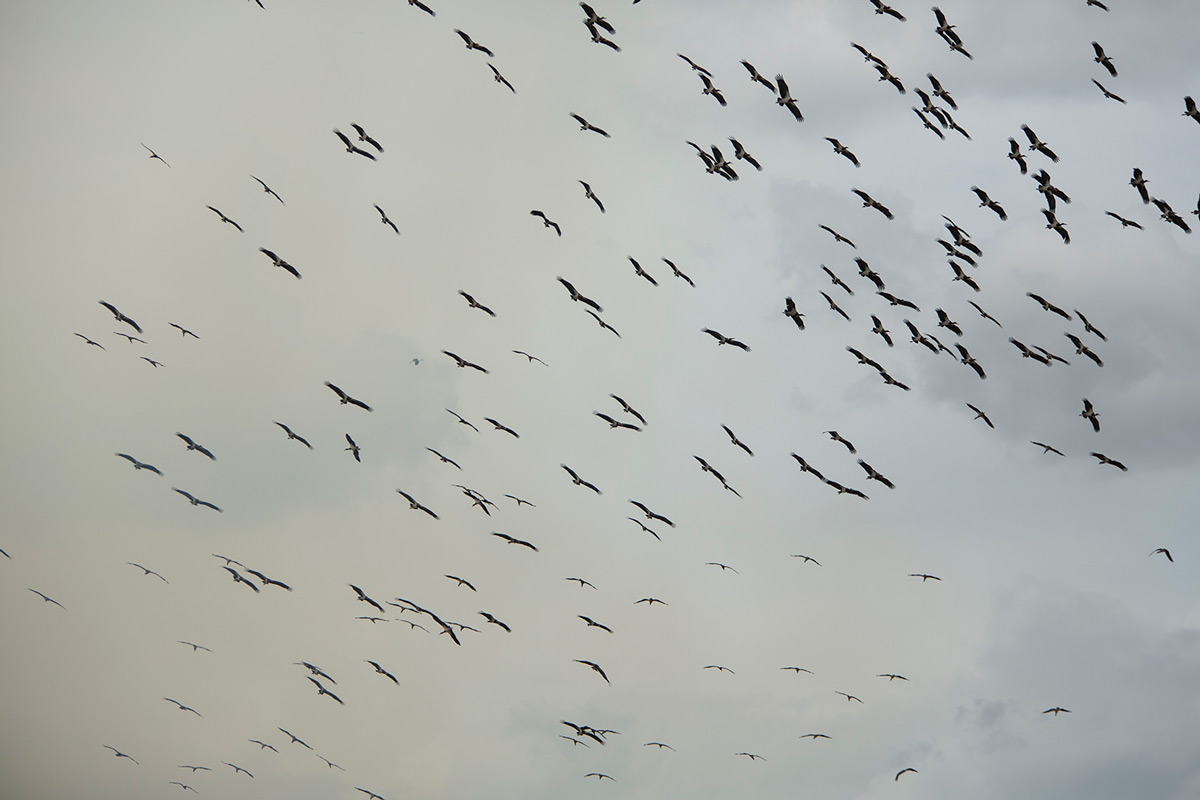
Even whilst the grass was still smouldering the Storks remained – there were birds everywhere. Any guesses how many storks? [f 4.0, 1/5000, ISO 160, +0.33]

Setting the camera up on a tripod and leaving the shutter open for 0.8 of a second I was able to capture some of the dramatic lighting, both from inside and outside in the evening sky. [f 2.8, 0.8, ISO 320, -0.67]
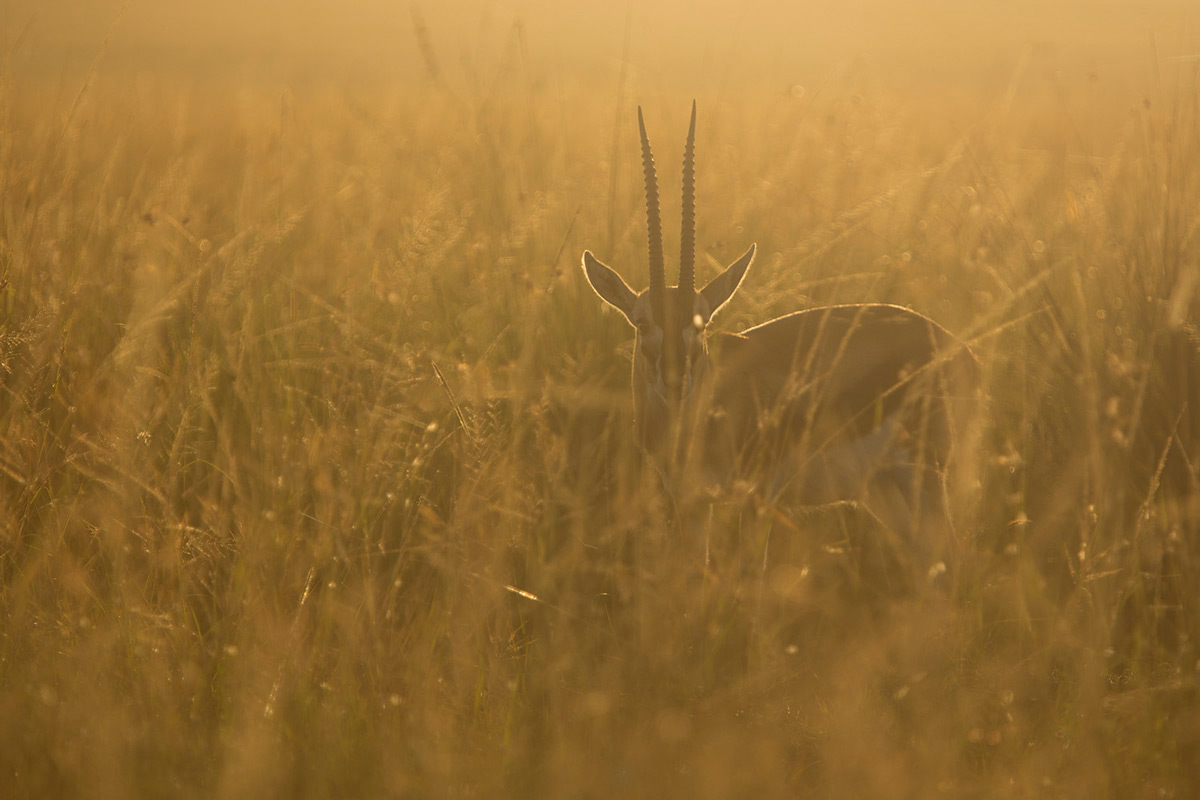
This is a photograph that I have been wanting to capture since I arrived in the Mara. The concept is simple: photographing low and directly into the morning light. I will continue to work on more images like this as I think the results are rewarding and will only improve. A Thomson’s Gazelle was the subject matter here, but in reality you can replicate this with any subject as the focus. I love the golden border which the backlight creates and the way the light plays with the grass. [f 4.0, 1/3200, ISO 320, -0.67]

This Thomson’s Gazelle could not have been more than a few hours old, perhaps even less. We watched in awe as it took its first steps, legs splayed in all directions. Instinct took over and when it realized we were watching and that it could not run, it just flopped down into the grass and lay motionless. Its mother is just out of frame and after a short view we left the two of them to reaffirm their bond. A moment of simple beauty. [f 4.0, 1/2500, ISO 250]

I have written a blog about looking down on the Mara from a hot air balloon, but this week I was afforded the opportunity to go up again and look down on a land becoming more familiar with each passing day. Photography from a balloon gives you a unique perspective and allows you to capture images otherwise not possible. I love how this photograph shows how the course of the Mara River is continually changing, altering this ancient landscape over hundreds and thousands of years. [f 4.0, 1/200, ISO 500, -0.33]
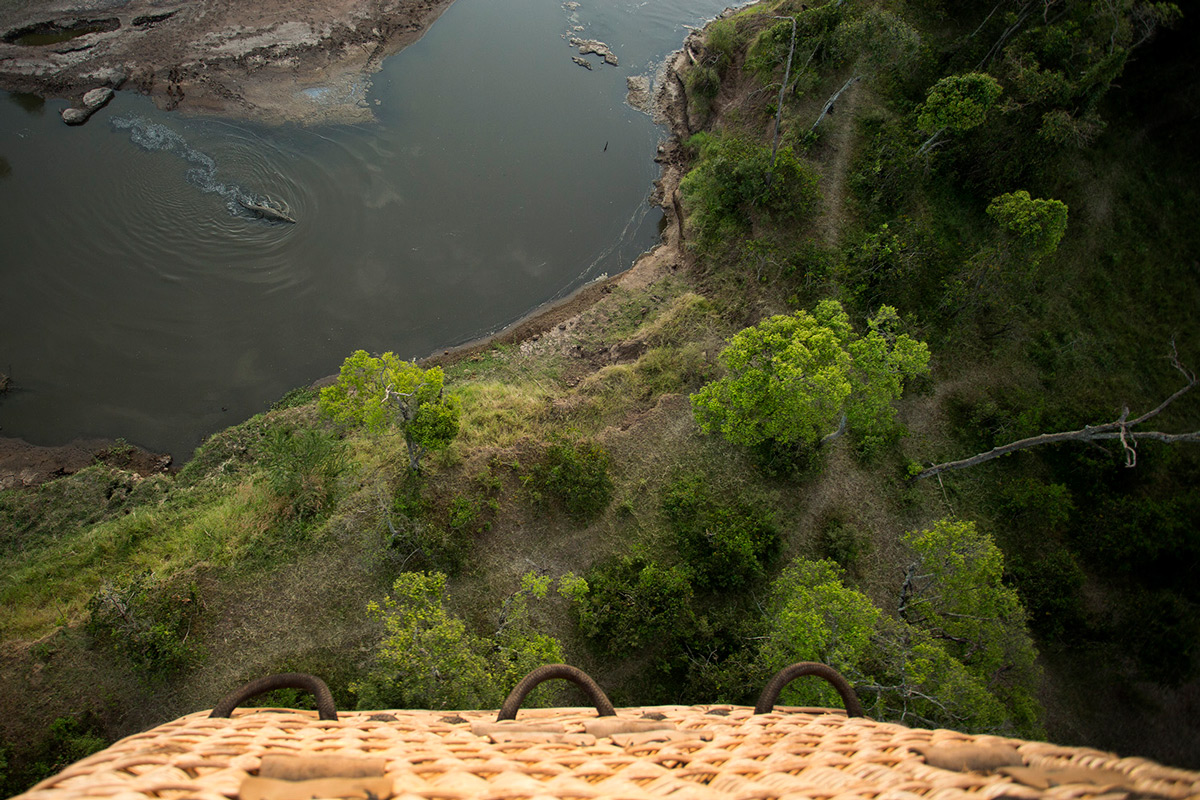
By including a little piece of the balloon basket in this picture it completes the story and allows the viewer to understand that this photo was not taken by drone, or from a helicopter, but from the heights of a romantic hot air balloon drifting silently over the Maasai Mara. [f 4.0, 1/160, ISO 500, -0.33]
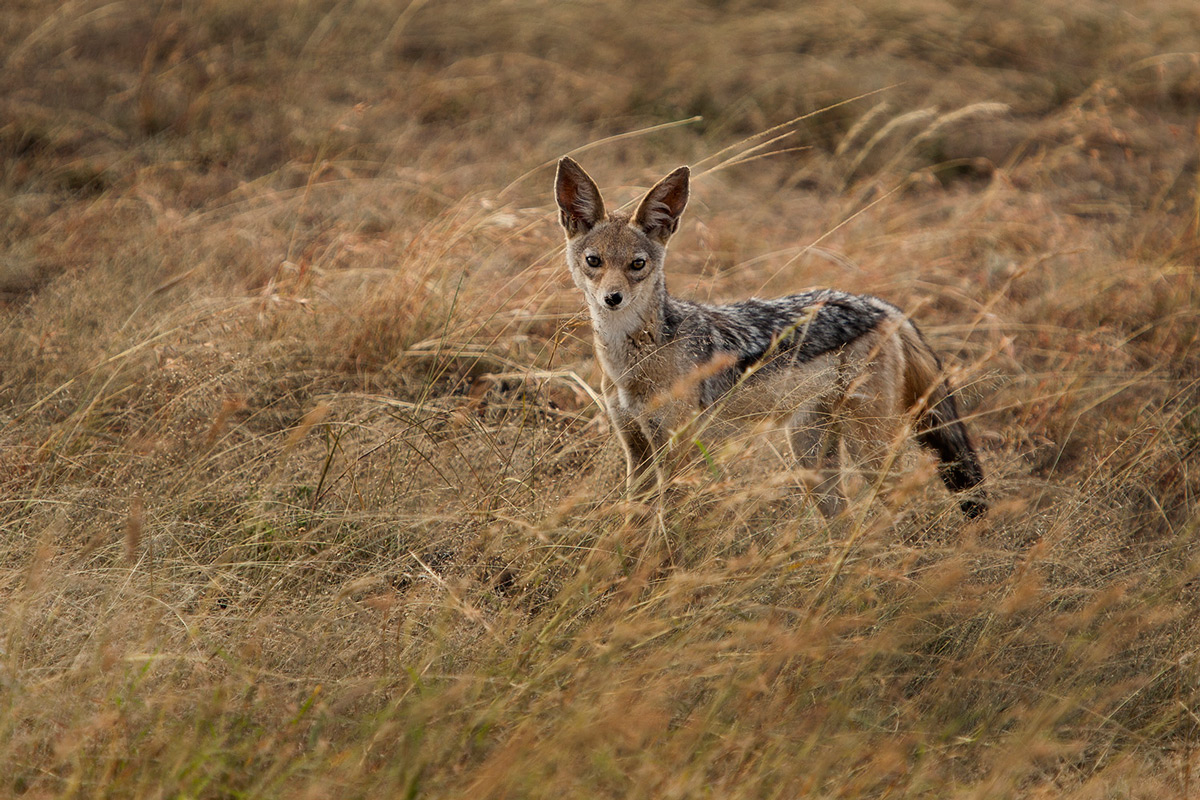
I have noticed that Black-backed Jackals in the Mara are, in the main, ignored by visitors. Take the time to stop and watch them and you will learn to appreciate their curious, engaging and gentle demeanour. Get lucky to see them trying to sneak a free meal from under the nose of a lion and you will gain a newfound respect for these little guys. [f 4.0, 1/800, ISO 250, +0.33]
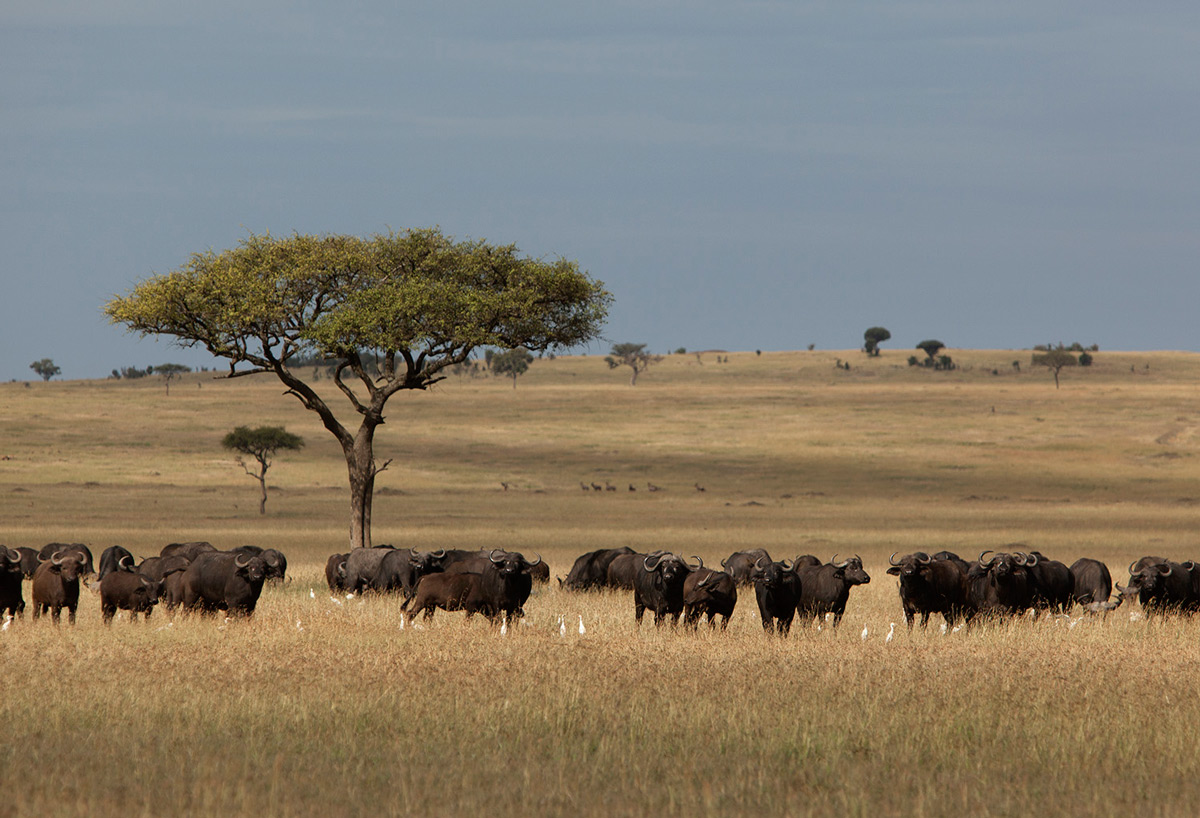
I am really impressed with the large numbers of very big buffalo herds here. Coming from South Africa I am used to one or two groupings, but here in the Mara you are treated to multiple herds of massive numbers on almost every single drive. [f 5.6, 1/2500, ISO 250]
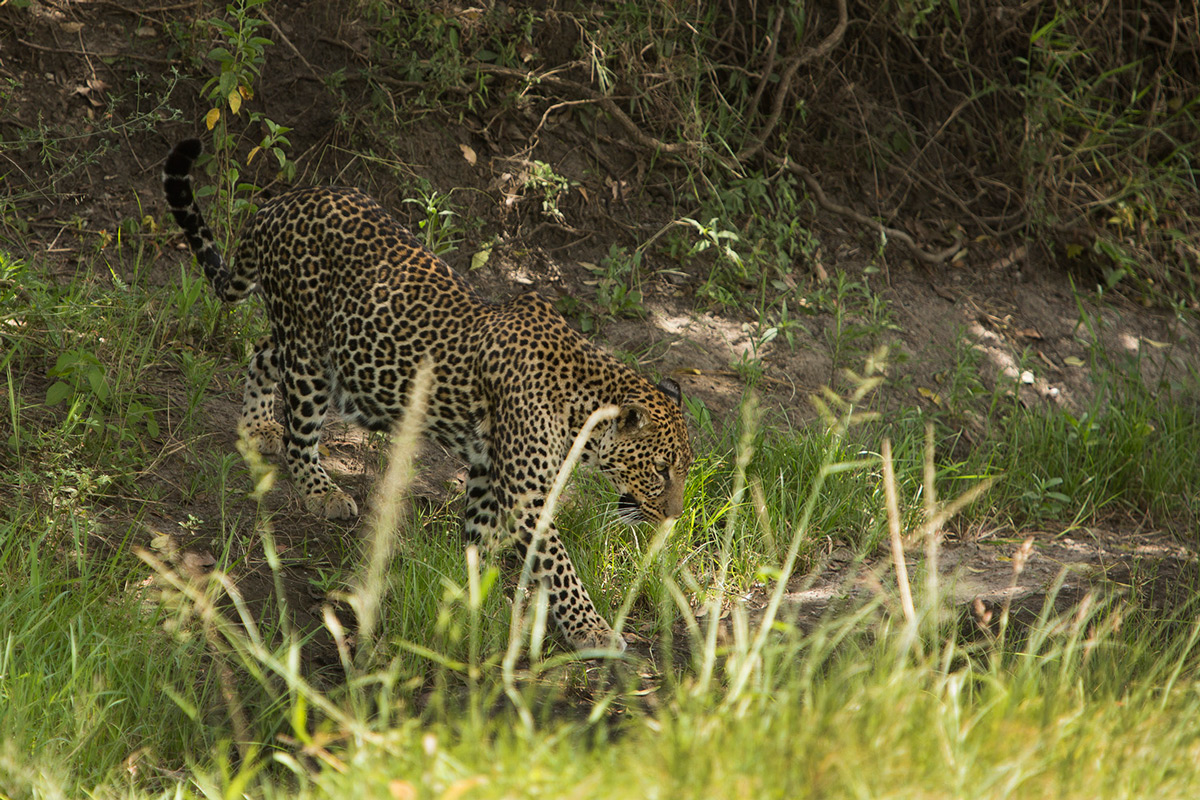
Huge excitement is building in the Angama Guiding team as we are moving full steam ahead with understanding the Mara Triangle’s leopard population. We have started a project to identify, document and work out the distribution and territories of the Mara’s most elusive cat species. Our approach is using photographs of the left and right flanks of every individual we find. What a fantastic sighting to get the project off the ground – introducing the female referred to by local guides as Maji ma Chafu. More information and updates on the Leopards of the Mara Triangle will come in the following weeks and months. [f 4.0, 1/400, ISO 250, +0.33]
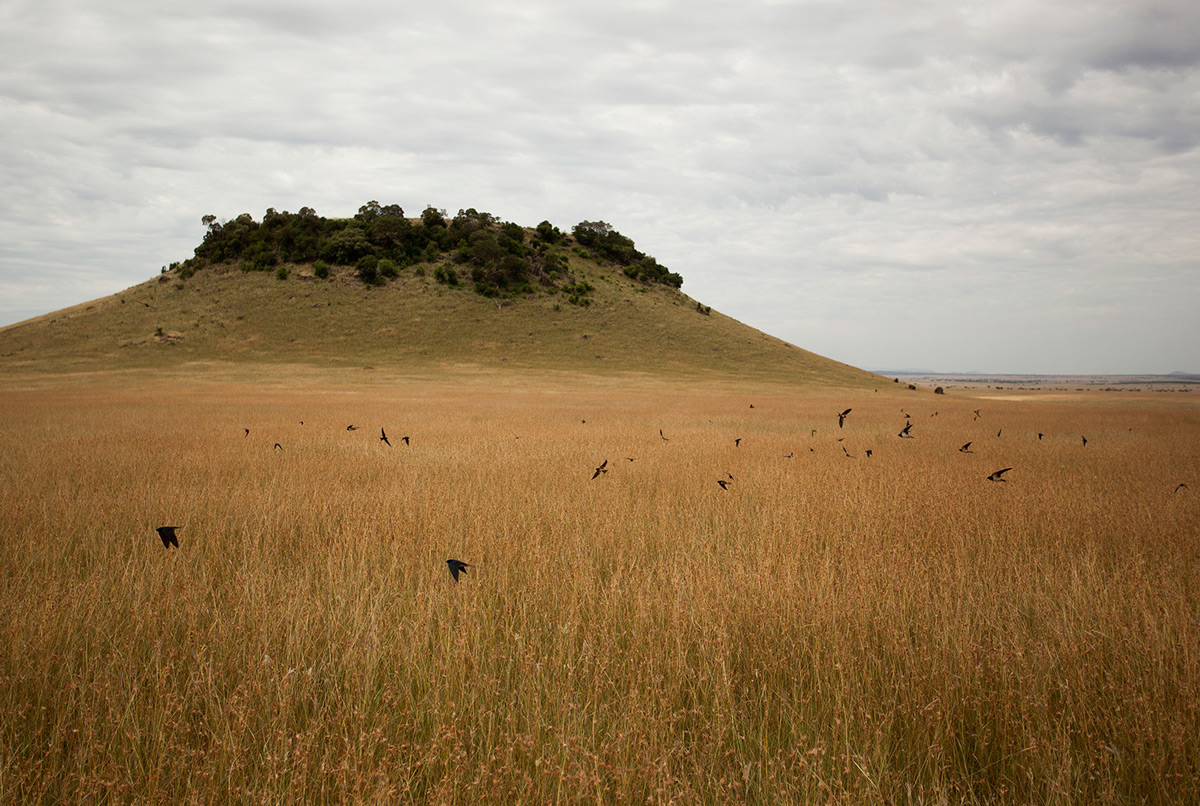
This photograph perfectly sums up the Mara this week: beautiful healthy red-tinged grasslands, open spaces, vast views, inselbergs popping out of the otherwise flat horizon, cotton-wool clouds and flocks of European Barn Swallows feasting on the bounty of insects living in the grass. [f 4.0, 1/3200, ISO 250]

This overheated Tawny Eagle allowed for a rather unusual opportunity to photograph this handsome raptor on the ground at extreme close quarters. I could not have been more than five meters away when I took this photograph. The only way to have improved this picture, in my view, would have been to try and get a lower angle. [f 5.0, 1/800, ISO 250]

A tranquil scene, made dramatic by the clouds and the approaching storm. I put this picture in as a way of showing what I think is a good photo, but not a great one. It is missing an element on the right-hand side of the frame to complete the story and provide balance. Ideal in my view, would have been the silhouette of a lone giraffe, or even better a large male lion. But, in photography you have to work with what nature offers, and here I wanted to make the most of the clouds. [f 4.0, 1/8000, ISO 320, +0.33], clouds slightly contrasted and darkened in post.
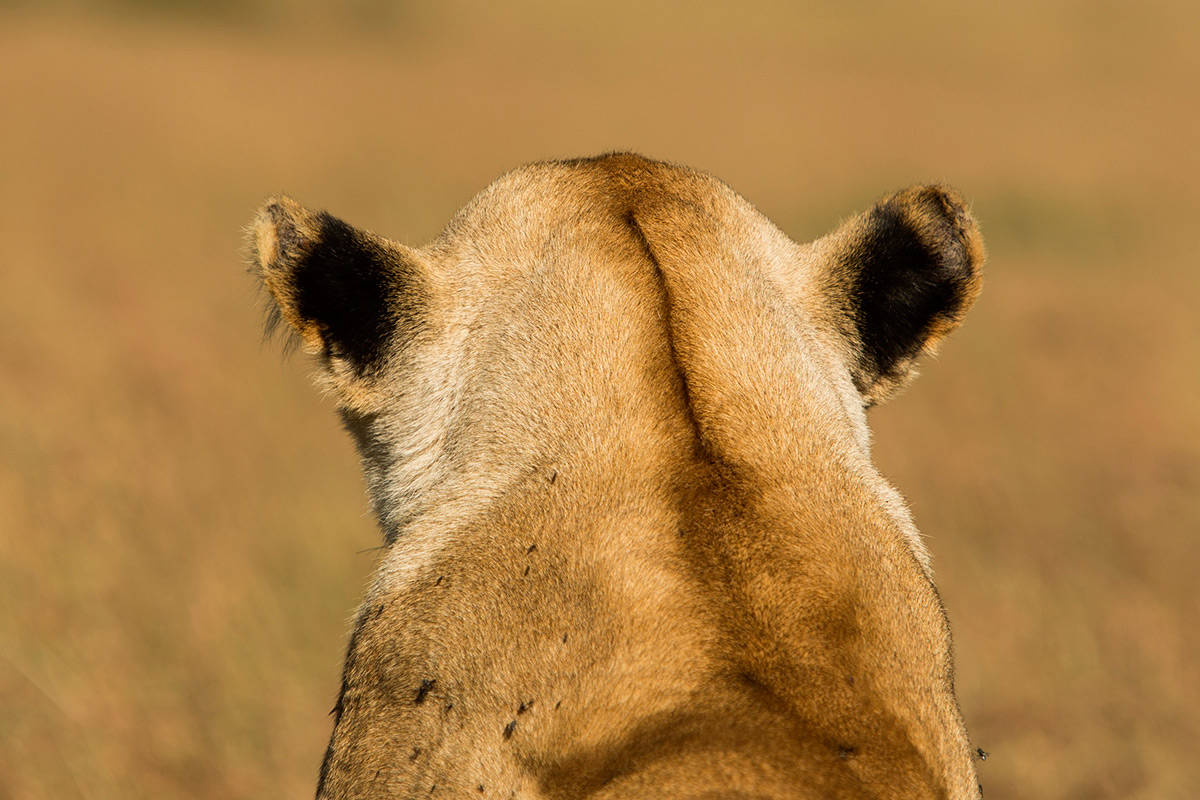
What struck me about this particular sighting of the Angama Pride was not the lioness herself, but by the black stripe down the back of her head. It is not a part of a lion that you typically notice or appreciate. By zooming in and composing this picture quite simply it highlights the black tips of the ears, and the black stripe. I also loved the rich and warm colours produced by the morning light. [f 5.6, 1/1000, ISO 250]
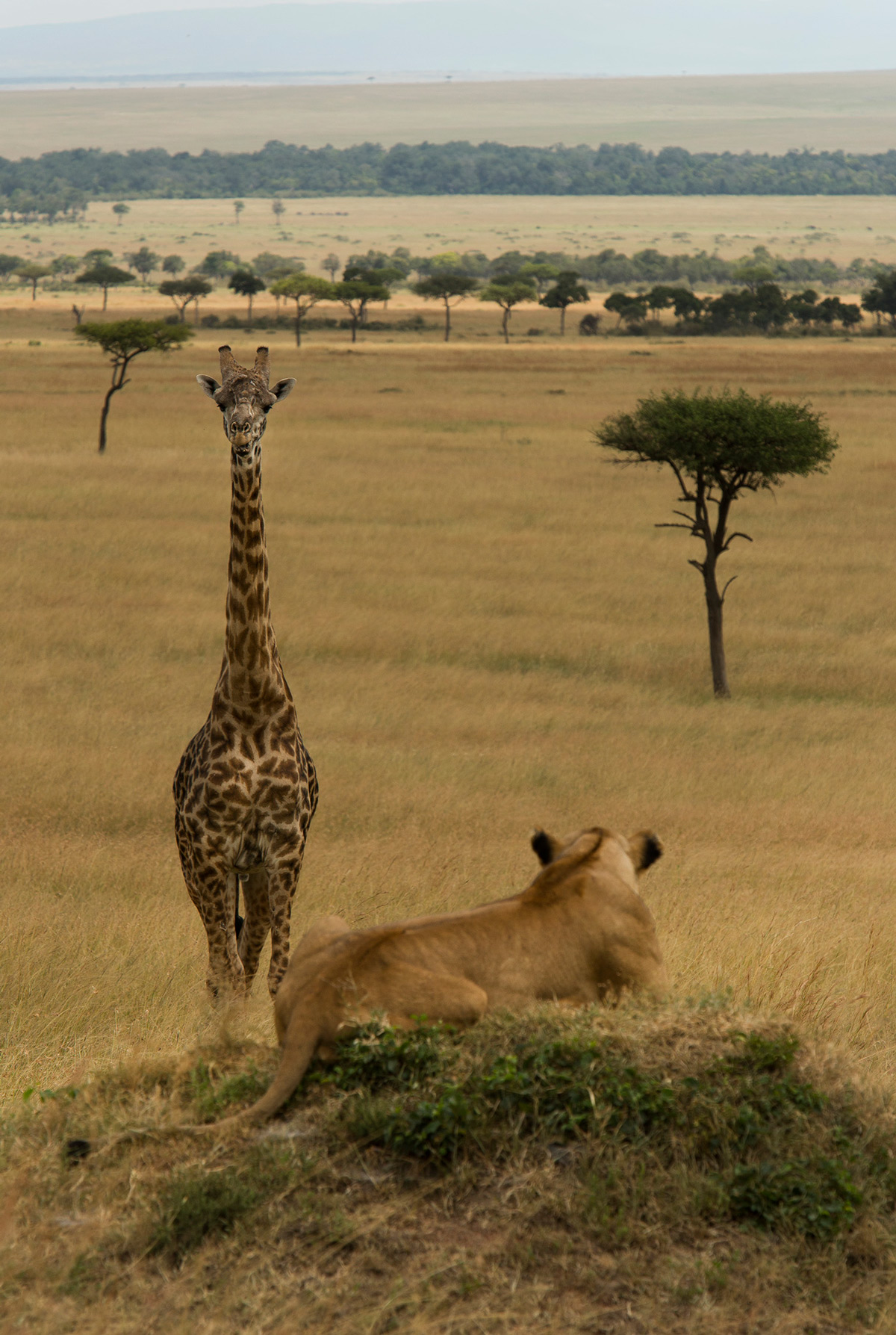
Giraffe really are fun to photograph; especially when in the presence of lions. This week a member of the Angama Pride showed a particular liking to a small family of giraffe. One of the giraffes in turn took an interest in her and the two faced off for a long period in a rather entertaining standoff. Our guide, Benjamin, positioned the car perfectly behind the lioness allowing me to capture the two in the same frame. The main question was which animal to focus on? I opted for a large aperture of f10.0 to provide a good depth of field and then set the focus on the face of the giraffe. Turning the camera to a portrait position I was able to remove all other dead space and focus in on only the important parts. [f 10.0, 1/320, ISO 160]
TAGGED WITH: Wildlife, Photography, Birds, Maasai Mara, Mara Triangle, Hot Air Balloon, Mara Conservancy, Leopard



COMMENTS (2)
Cynthia Fischer
March 24, 2018Absolutely gorgeous Adam…looks like you are enjoying yourself….
REPLYNicky Fitzgerald
March 27, 2018Thanks so much Cynthia
REPLY